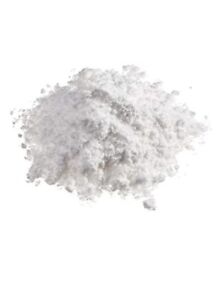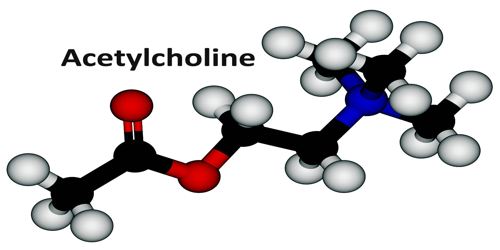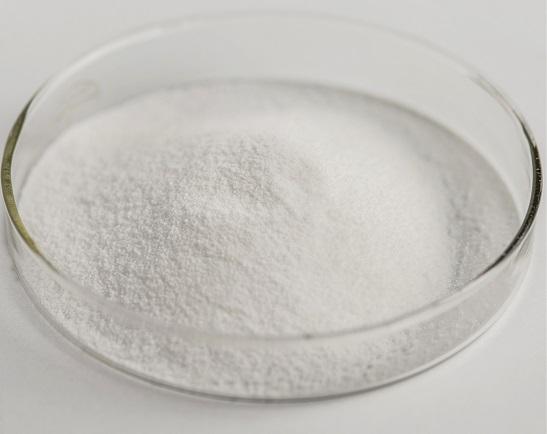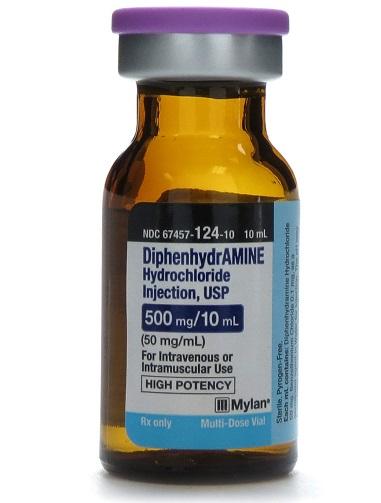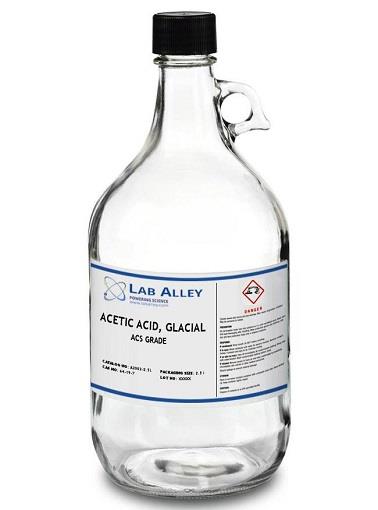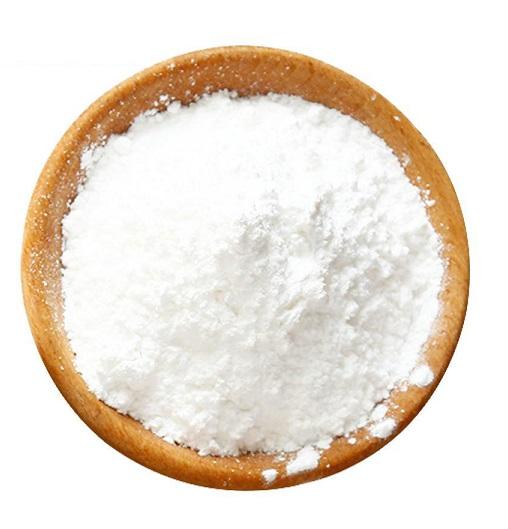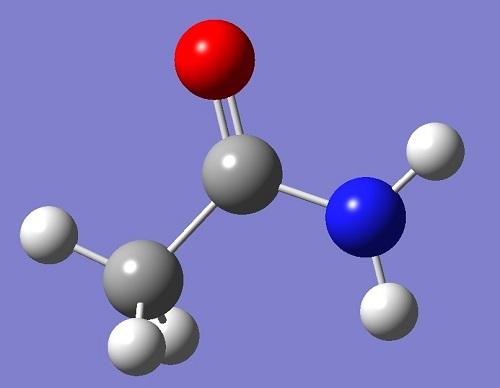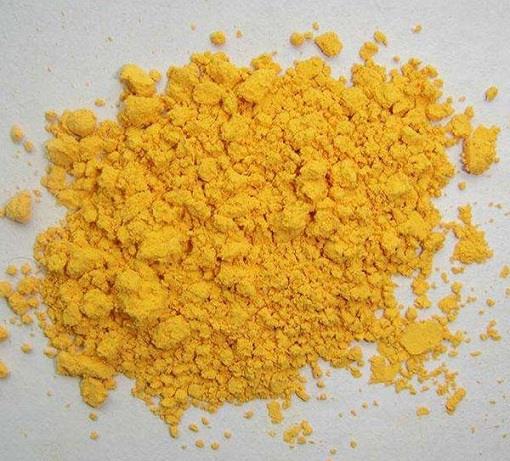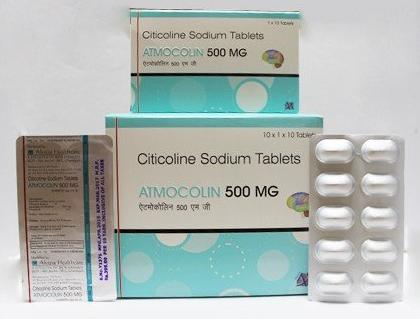Active Pharmaceutical Ingredients (API), popularly speaking, are the raw materials of medicines, only pharmaceutical raw materials are processed into pharmaceutical preparations , can they become medicines available for clinical use, so drugs we usually eat are the finished drugs through processing. Active Pharmaceutical Ingredients based on its sources can be divided into two major categories ,including chemical synthetic drugs and natural chemical drugs. Chemical synthetic drugs can be divided into organic synthetic drugs and inorganic synthetic drugs. Inorganic synthetic drugs are inorganic compounds ( very few is element), such as aluminum hydroxide, magnesium trisilicate which are used for the treatment of gastric and duodenal ulcers ; organic synthetic drugs are mainly composed of drugs made by basic organic chemical raw materials, through a series of organic chemical reactions (such as aspirin, chloramphenicol, caffeine, etc.). Natural chemical drugs ,based on its sources,can be divided into two categories including biochemical drugs and plant chemical drugs. Antibiotics are generally made by the microbial fermentation, which belongs to the biochemistry category. A variety of semi-synthetic antibiotics occurs in recent years,which are biosynthesis and chemical synthesis combining products.Among active Pharmaceutical Ingredients, the organic synthetic drugs varieties, yields and values have the largest proportion,which are the main pillars of the chemical and pharmaceutical industries. The quality of active Pharmaceutical Ingredients decides whether the formulation is good or bad , so its quality standards are very strict ,countries in the world have developed national pharmacopoeia standards and strict quality control methods for its widely used active Pharmaceutical ingredients.
Methylparaben in Cosmetics
Methylparaben is used to preserve the formula of a skincare product and is therefore not directly beneficial to the state of your skin's health.
Oct 20,2021 APIWhat is Acetylcholine?
Acetylcholine is the endogenous neurotransmitter at cholinergic synapses and neuromuscular junctions in the central and peripheral nervous systems. Acetylcholine is involved in control of behavioral s
Oct 19,2021 APIThe principal toxicity of EDTA
Ethylenediaminetetraacetic acid (EDTA) was developed by Franz Munz in Germany during the 1930s as an alternative to citric acid. EDTA is used as a food additive, in herbicides, in pharmaceuticals, and
Oct 18,2021 APIThe toxity of Diphenhydramine
Diphenhydramine is a first-generation antihistamine that works at the H-1 receptors. It was first synthesized in 1943 by Dr George Rieveschl of the University of Cincinnati.
Oct 14,2021 APIWhat is Acetic acid?
Acetic acid is present throughout nature as a normal metabolite of both plants and animals. Acetic acid may also be released to the environment in a variety of waste effuents, in emissions from combus
Oct 13,2021 APIWhat is Acetaminophen used for?
Acetaminophen can be found as the active ingredient in more than 100 over-the-counter products and a number of prescription drugs, alone or in combination with other drugs. The pharmacology and toxico
Oct 12,2021 APIWhat is Acetamide?
Acetamide is a member of the class of acetamides that results from the formal condensation of acetic acid with ammonia. It is a monocarboxylic acid amide, a N-acylammonia and a member of acetamides. I
Oct 12,2021 APISide effects of Isotretinoin
Isotretinoin is the 9-cis isomer of retinoic acid, a close relative of retinol, or vitamin A. First shown to be an effective treatment for acne in 1982, its development stemmed from advances in knowle
Oct 11,2021 APIWhat is Mupirocin?
Mupirocin, also known as pseudomonas acid A, is an ideal skin surface antibacterial preparation. It was marketed by GlaxoSmithKline under the trade name of "Bactroban" in 1985 .
Sep 28,2021 APISide Effect of Citicoline Sodium
Citicoline Sodium is generally used to treat various central nervous system diseases caused by accidents of brain injury and the appearance of cardiovascular and cerebrovascular diseases.
Sep 27,2021 API



